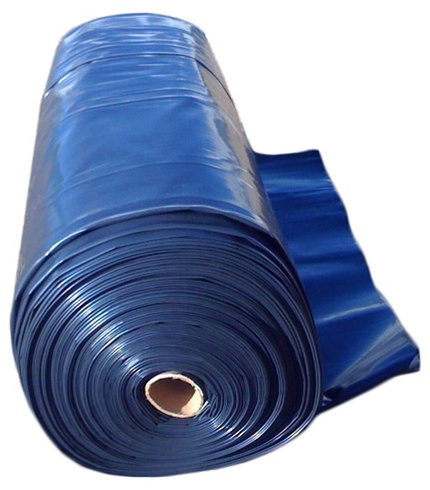
noun
- the act of covering with or forming into a sheet or sheets.
- wide muslin, chiefly for sheets.
- Engineering, Building Trades. a quantity of sheet piles.
noun
- a large rectangular piece of cotton, linen, or other material used as an article of bedding, commonly spread in pairs so that one is immediately above and the other immediately below the sleeper.
- a broad, relatively thin, surface, layer, or covering.
- a relatively thin, usually rectangular form, piece, plate, or slab, as of photographic film, glass, metal, etc.
- material, as metal or glass, in the form of broad, relatively thin pieces.
- a sail, as on a ship or boat.
- a rectangular piece of paper or parchment, especially one on which to write.
- a newspaper or periodical.
- Printing and Bookbinding. a large, rectangular piece of printing paper, especially one for printing a complete signature.
- Philately. the impression from a plate or the like on a single sheet of paper before any division of the paper into individual stamps.
- an extent, stretch, or expanse, as of fire or water: sheets of flame.
- a thin, flat piece of metal or a very shallow pan on which to place food while baking.
- Geology. a more or less horizontal mass of rock, especially volcanic rock intruded between strata or poured out over a surface.
- Mathematics.
- one of the separate pieces making up a geometrical surface: a hyperboloid of two sheets.
- one of the planes or pieces of planes making up a Riemann surface.
- Crystallography. a type of crystal structure, as in mica, in which certain atoms unite strongly in two dimensions to form a layer that is weakly joined to others.
verb (used with object)
- to furnish with a sheet or sheets.
- to wrap in a sheet.
- to cover with a sheet or layer of something.
noun
- Nautical.
- a rope or chain for extending the clews of a square sail along a yard.
- a rope for trimming a fore-and-aft sail.
- a rope or chain for extending the lee clew of a course.
verb (used with object)
- Nautical. to trim, extend, or secure by means of a sheet or sheets.
Idioms
- three sheets in/to the wind, Slang. intoxicated.
noun
- fabric from which sheets are made
noun
- a large rectangular piece of cotton, linen, etc, generally one of a pair used as inner bedclothes
-
- a thin piece of a substance such as paper, glass, or metal, usually rectangular in form
- (as modifier)sheet iron
- a broad continuous surface; expanse or stretcha sheet of rain
- a newspaper, esp a tabloid
- a piece of printed paper to be folded into a section for a book
- a page of stamps, usually of one denomination and already perforated
- any thin tabular mass of rock covering a large area
verb
- (tr) to provide with, cover, or wrap in a sheet
- (intr) (of rain, snow, etc) to fall heavily
noun
- nautical a line or rope for controlling the position of a sail relative to the wind
n.1Old English sciete (West Saxon), scete (Mercian) “cloth, covering, towel, shroud,” from Proto-Germanic *skautjon-, from *skauta- “project” (cf. Old Norse skaut, Gothic skauts “seam, hem of a garment;” Dutch schoot; German Schoß “bosom, lap”), from PIE root *skeud- “to shoot, chase, throw” (see shoot (v.)). Sense of “piece of paper” first recorded c.1500; that of “any broad, flat surface” (of metal, open water, etc.) is from 1590s. Of falling rain from 1690s. Meaning “a newspaper” is first recorded 1749. Sheet lightning is attested from 1794; sheet music is from 1857. Between the sheets “in bed” (usually with sexual overtones) is attested from 1590s; to be white as a sheet is from 1751. The first element in sheet-anchor (late 15c.) appears to be a different word, of unknown origin. n.2“rope that controls a sail,” late 13c., shortened from Old English sceatline “sheet-line,” from sceata “lower part of sail,” originally “piece of cloth,” from same root as sheet (n.1). Cf. Old Norse skaut, Dutch schoot, German Schote “rope fastened to a sail.” This probably is the notion in phrase three sheets to the wind “drunk and disorganized,” first recorded 1821 (in form three sheets in the wind), an image of a sloop-rigged sailboat whose three sheets have slipped through the blocks are lost to the wind, thus “out of control.” Apparently there was an early 19c. informal drunkenness scale in use among sailors and involving one, two, and three sheets, three signifying the highest degree of inebriation; there is a two sheets in the wind from 1815. see three sheets to the wind; white as a sheet.
 Liberal Dictionary English Dictionary
Liberal Dictionary English Dictionary